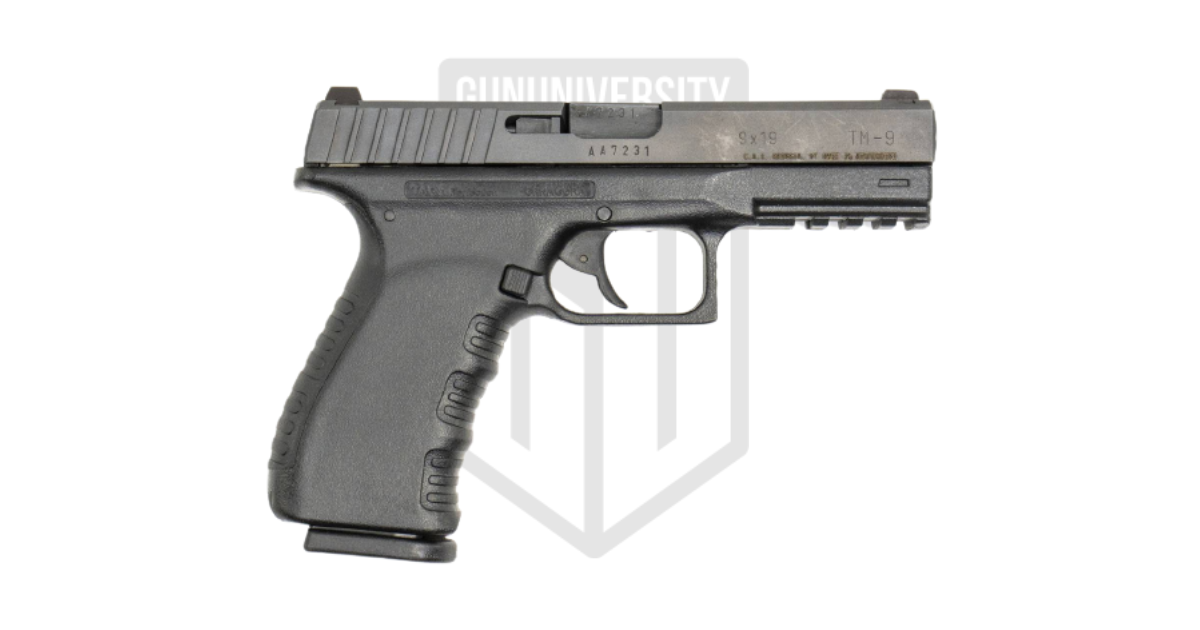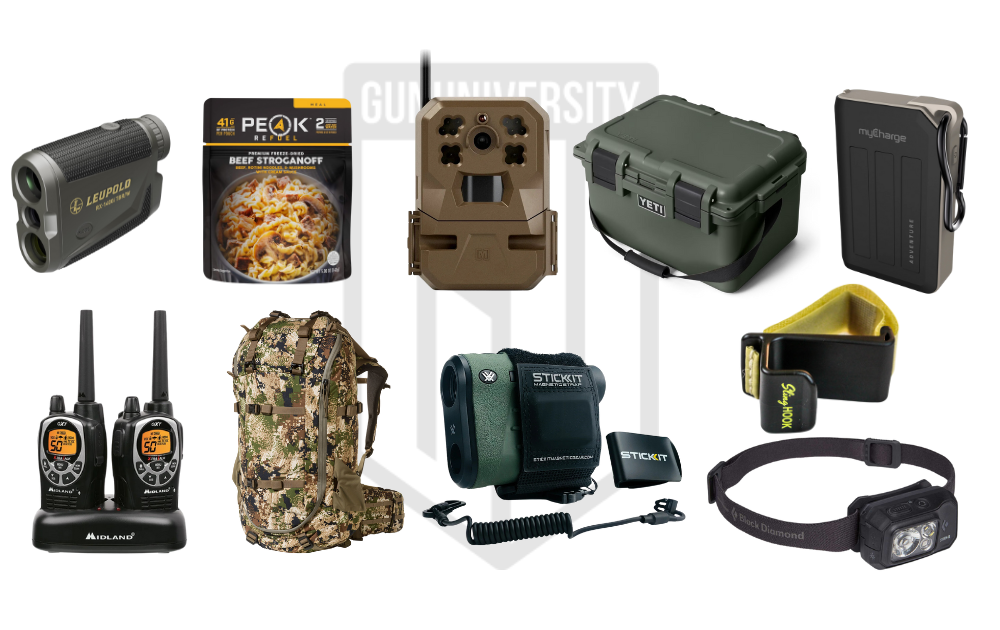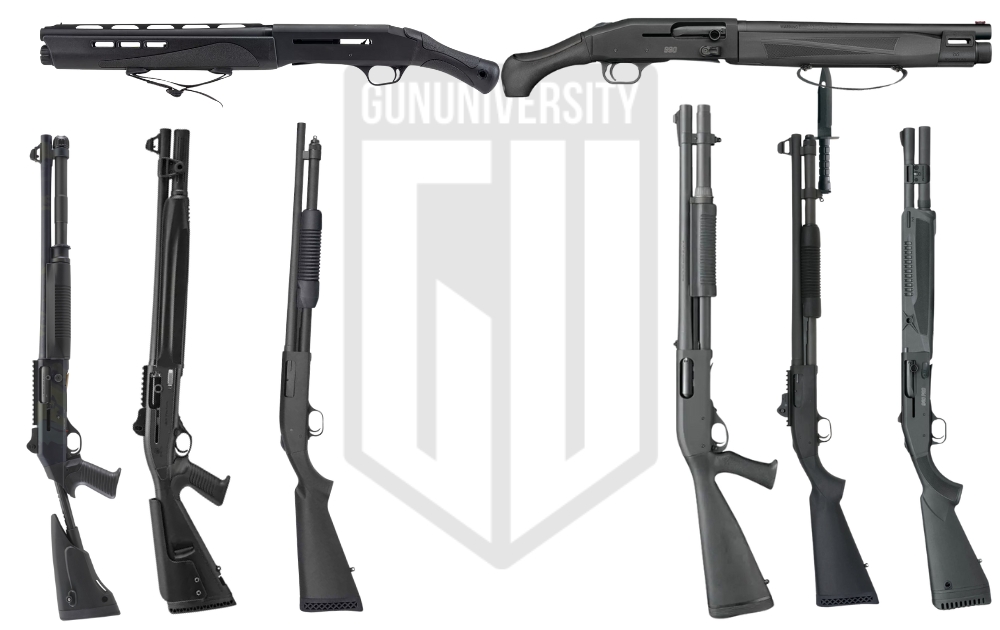KelTec SUB 2000 vs S&W FPC: The Folding PCC Showdown!
If I had a nickel for every folding pistol caliber carbine, I’d only have two nickels. That’s not a lot, but it’s weird that it happened twice, right? The O.G. of folding pistol-caliber carbines is the KelTec Sub 2000. It’s been around since 1999 and has been one of KelTec’s most popular guns. Early last year, S&W came in swinging with the FPC, which stands for Folding Pistol Carbine. Their variant isn’t a clone or direct copy of the Sub 2000, but it is clear they might have copied their homework just a little.
It is impossible to discuss one gun without bringing up the other. Both are very niche firearms with a niche selling point. With that in mind, is one better than the other? That’s what we are here to discuss today. I own both. I own two Sub 2000s and even owned a first-generation gun years ago. I’ve shot both extensively, and my experience with both guns means I can give an accurate assessment of both firearms.
Why Compare the Two?
The most obvious reason has already been stated. Both of these guns are PCCs that fold and are seemingly the only two guns in this small and bizarre category of firearms. We can’t talk about one without mentioning the other. Beyond folding, these guns have a lot in common.
Both use a straight blowback system, which is effective but somewhat crude and has its own downsides. They fall into the world of affordability, and both guns can be considered budget PCCs. Both have multiple caliber options and use magazines from popular handguns. The closer you inspect the two guns, the more they seem the same.
Opposites attract, but guns that are similar are more interesting to compare and contrast. If you’re shopping for a gun with the above features, it’s easy to get stuck on these two. We have to dig into the cracks and crevices to reveal what’s different about these two and to help you figure out if those differences matter.
KelTec Sub vs S&W FPC Specs
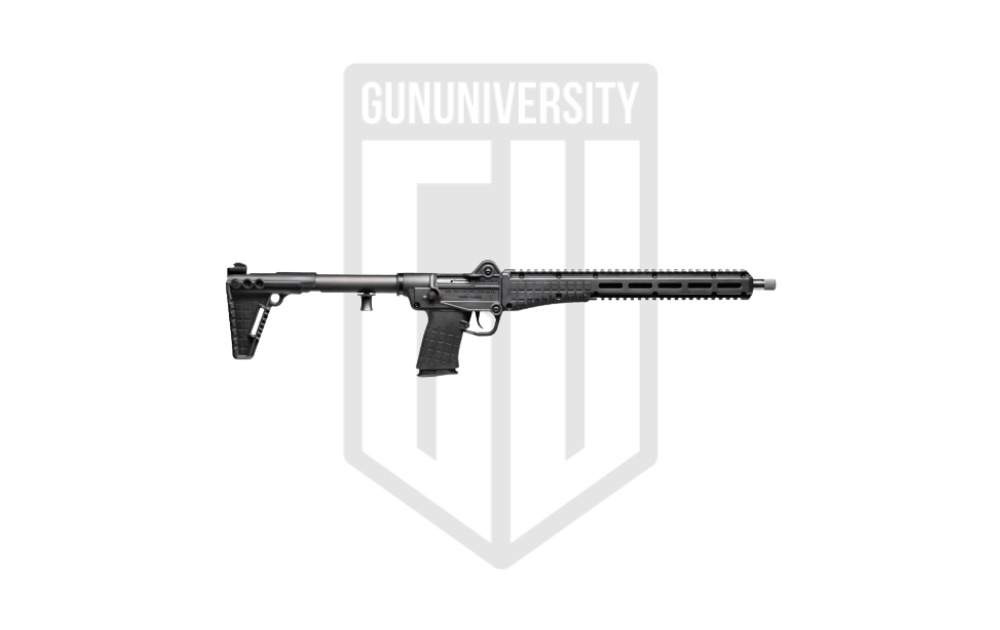
KelTec Sub 2000 Gen 3
- Final Grade : A
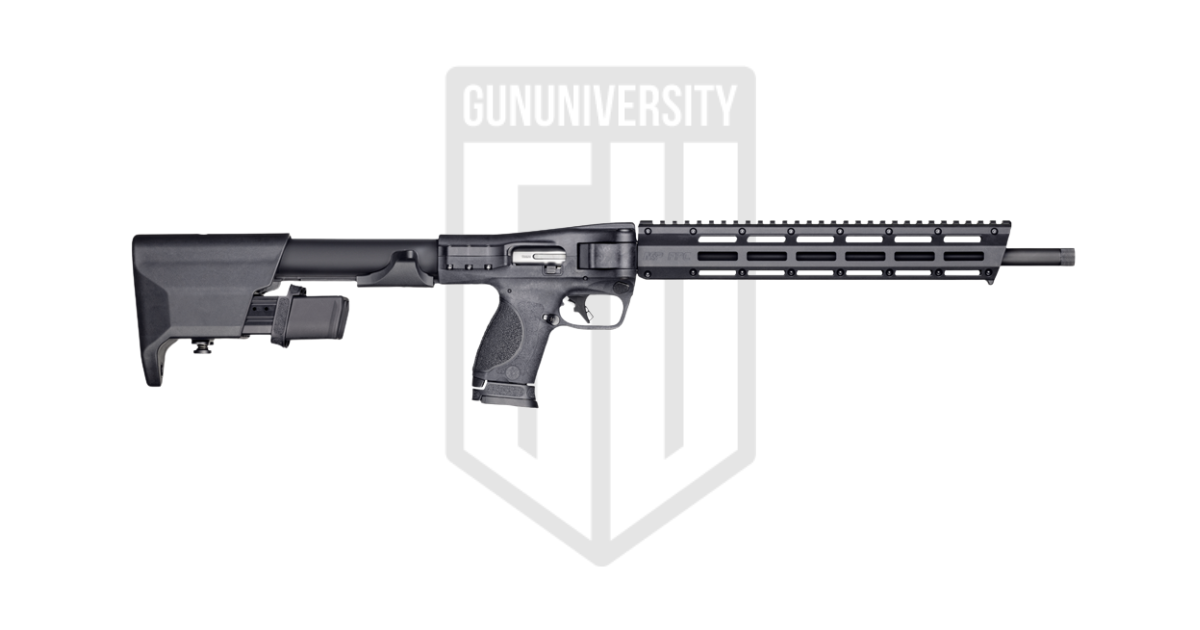
Smith & Wesson M&P FPC
- Final Grade : A-
Folding Mechanisms – Who Does It Better
If KelTec didn’t release a Gen 3 Sub 2000, the FPC would take this slot hands down. The barrel of the FPC folds to the right. It cuts the gun’s length in half, but also allows you to easily use optics. The FPC blows the Gen 2 out of the water. The KelTec Sub 2000 barrel folds up and over the receiver.
On the Gen 2, this limited your optics options. You needed specialized mounts, or to ditch the ability to fold the gun entirely. The Gen 3 was a radical departure. The gun folds up and over, but the handguard rotates to allow your optics rail to sit on the side of the gun when folded. This is a simple fix to the problem.
I’m not a huge fan of how the Gen 3 folds. I wish it folded in a complete 180 and put the optic in line with the rest of the folded gun. The current system means you don’t have a slim, folded gun when rocking an optic. Instead, you have an optic poking off the side which makes the gun a little bulkier than necessary.
The FPC system is a little less ambidextrous. The release is on the right side and eats up a lot of the receiver. It’s not a major issue, but it’s worth mentioning. Ultimately, I think the FPC pulls off the folding design better.
Caliber and Magazine Options
The FPC is an S&W and locks you into the S&W platform. The FPC uses S&W M&P magazines and even comes with three. You get a 17-round magazine and two 23-round magazines. The grip of the FPC is cut to allow the use of M&P compact magazines, so 15-rounders are another option.
The FPC limits you to 10mm and 9mm as of this writing. I’ve heard rumors and speculation about a 5.7x28mm version, but it hasn’t been confirmed as of this writing.
The KelTec Sub 2000 allows you to use magazines from Glock, CZ, S&W, SIG, and FN. The Glock and FN platforms lock you into that magazine platform, but the other options have kits that allow you to switch magazines.
The Sub 2000 offers 9mm, 10mm, .40 S&W, and 5.7x28mm. The Gen 3 only offers 9mm, 10mm, and 5.7 mm, but a few Gen 2 .40 S&W models are still available. The Sub 2000 does offer you more options overall, and the 5.7x28mm is a standout to me.
Recoil
This will be very caliber-dependent. The 5.7x28mm Sub 2000 has hardly any recoil, but the 10mm models hit a bit harsher. With that in mind, let’s talk about the 9mm versions. Those are the most common and give us a like-for-like comparison. As straight blowback guns go, they tend to be harsh. The slim design and tube gun nature don’t do them any favors.
The FPC has an advantage in its design and the use of a brilliant stock. It’s fantastic compared to the KelTec’s minimalist stock. It helps recoil a ton and makes the rifle much easier to shoot and more comfortable. Both recoil impulses are violent due to the straight blowback design, but the S&W FPC gives you a little more mitigation.
Ergonomics
The stock aids in recoil mitigation and comfort, and it gives the FPC a more ergonomic edge. The stock also allows you to carry two spare magazines horizontally. You can have 63 rounds of ammo on the gun and still fold without issue. The stock offers a great cheek weld and doesn’t pull the hair out of your face, which the KelTec stock is known for doing.
I said it has an edge in ergonomics, but is edge the right term if the FPC has better all-around ergonomics? The gun has a last-round bolt hold-open, with ambidextrous bolt releases. The safety is easier to manipulate. The charging handle is ambidextrous and easier to rack than the Sub 2000.
The Sub 2000 has a three-position stock, but it’s odd. You have to remove a pin, move the stock, and reinsert the pin. It’s not like an AR and not intuitive. Additionally, the KelTec weighs about a pound less than the FPC, which might be a concern if your folding PCC is a bug-out gun.
Accuracy
Neither gun will be a 1 MOA precision platform, and no PCC ever will be. The accuracy is always going to be good enough. At 100 yards with the 9mm versions of both guns, I can hit a Sage Dynamics thoracic target at 100 yards using a red dot. My group won’t be tight, but we will hit the target at least seven out of ten shots.
You’re also mounting your optic to a polymer rail forward of the receiver. That’s not the best or most stable way to mount optics. Luckily, with a red dot on a PCC, you’ll find that the guns can both ring steel with ease within 50 yards and perform as you’d expect.
The FPC has an advantage in terms of accuracy compared to the Gen 3 Sub 2000. The Gen 3 has a rail that rotates, which offers another source of stability issues. The FPC folds, but the rail remains in place. The FPC will produce tighter groups overall, but it will hardly be noticeable during offhand shooting. It takes a vise to see the difference.
The FPC has a much nicer trigger compared to the KelTec. It feels identical to an M&P 2.0. That won’t make a significant difference in overall accuracy.
Which Is Better?
The FPC feels more polished and refined. It’s undoubtedly more ergonomic and easier to shoot. It’s even a little more accurate. With that said, it’s also more expensive and locks you into the S&W ecosystem.
The KelTec is cheaper and has more caliber and magazine options. It comes at the cost of poorer ergonomics and a little harsher recoil. Luckily, the overall cost is lower.
If I were buying a 9mm version, I’d probably go with the FPC. If I just wanted a folding carbine in general, the Gen 3 Sub 2000 in 5.7x28mm is hard to beat. It’s light recoiling and has a greater overall range while weighing less than five pounds.
The Folding Carbine Market
There is clearly a market for a folding carbine. The compact nature makes them extremely handy and easy to throw in a pack and hit the trail. KelTec and S&W are both offering solid rifles at a great price. I’ve run my mouth enough about what I think about the two guns, and now I want to hear from you.
I want to thank Ammunition To Go for providing the 9mm ammunition for this test and review.
Let us know what you think about these two guns below!
Useful Links for KelTec SUB 2000 vs S&W FPC
Recent Posts
December 8, 2025
November 29, 2025
November 25, 2025
November 22, 2025


